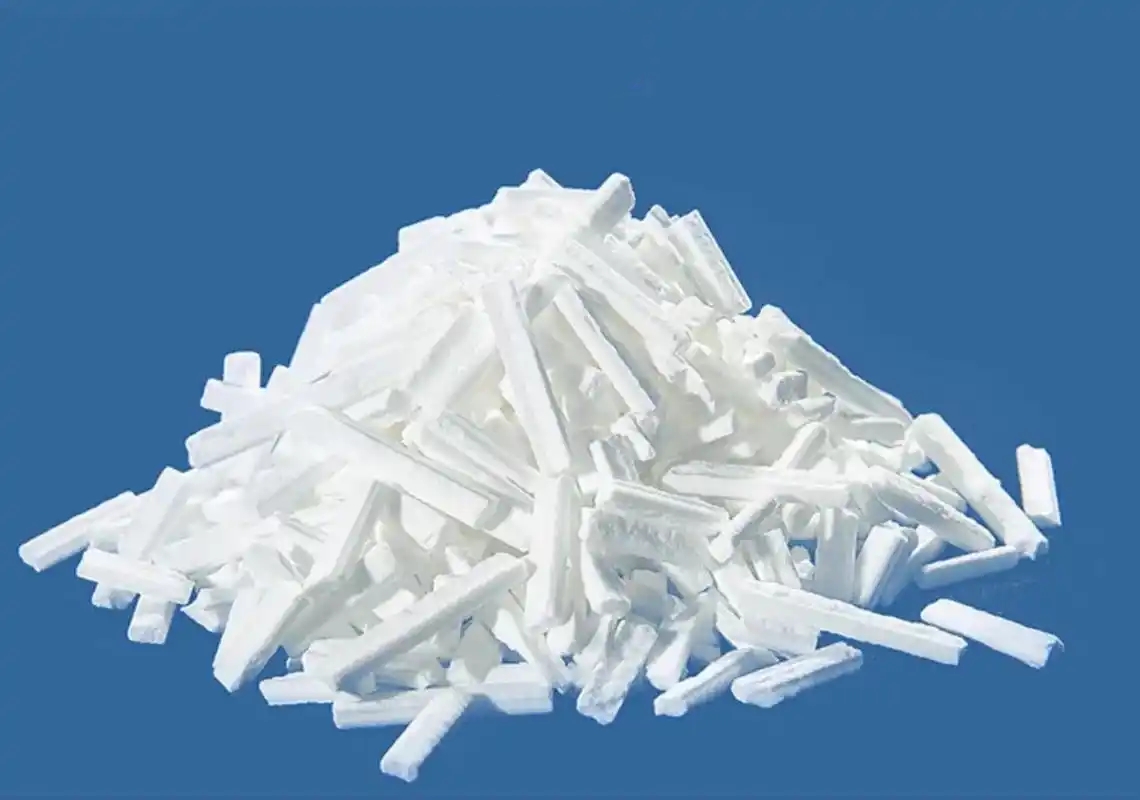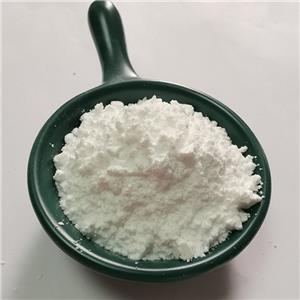From Powder to Granules: The Evolutionary Path of Precipitated Silica
In the rubber filler industry, innovations in precipitated silica morphology are reshaping market dynamics. While powdered silica remains widely used, granular forms now account for 30% of the premium tire market (QYResearch 2024).
Core Performance Comparison: Granular vs. Powder
Parameter | ||
Dispersion Uniformity | Requires intensive mixing | Self-leveling distribution |
Dust Pollution | Workshop PM2.5 exceeded the standard | Complies with ISO 14644-1 |
Mixing Energy Consumption | 85 kWh/ton | 62 kWh/ton |
Tire Tear Resistance | 28 N/mm² | 35 N/mm² |
Three Breakthroughs in Granulation Technology
1. Advanced Pelletizing: Spray drying + fluidized bed technology achieves >90% particle size consistency.
2. Surface Energy Control: Hydroxyl content optimization boosts rubber-silica adhesion by 25%.
3. Logistics Stability: Granules show <0.3% moisture absorption during the sea, 87% lower than powder.

Case Study: A global top-3 tire manufacturer reported after switching to granular precipitated silica:
✔️ The compliance rate of air cleanliness in the mixing workshop has increased from 68% to 92%.
✔️ The vulcanization time of tires is shortened by 15%, and the annual production capacity is increased by 120,000 tons
✔️ Defect rate dropped from 1.2% to 0.7%, saving $8M/year




